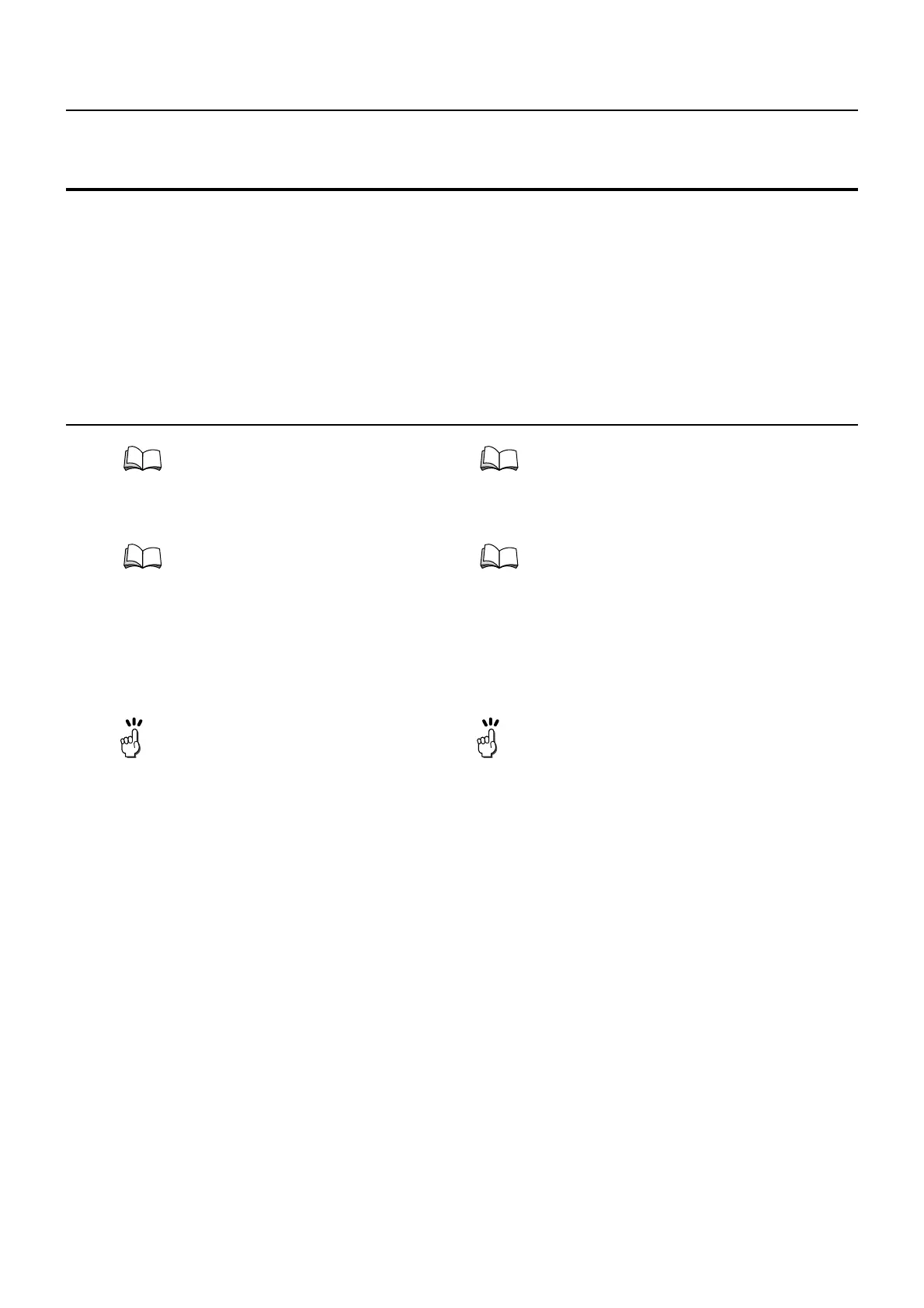2-299MACHINE OPERATIONS OPERACIONES DE MECANIZADO
16 MANUAL TOOL NOSE RADIUS OFFSET
CORRECCIÓN MANUAL DEL RADIO DE LA NARIZ DE LA HERRAMIENTA
This chapter describes how the manual tool nose
radius offset function works.
Because the tool edge does not come to a sharp
point, but is slightly rounded, the point of the tool
nose actually engaged with cutting differs slightly
from the point assumed for writing a program. By
calculating the offset data manually and shifting the
tool nose, the programmed point (imaginary tool
nose) can be made to coincide with the cutting point.
En este capítulo se explica el funcionamiento de la función de
corrección manual del radio de la nariz de la herramienta.
Dado que el borde de la herramienta no queda con una punta
afilada, sino ligeramente redondeado, el punto de la nariz de
la herramienta sobre el que se realiza el corte difiere ligera-
mente del punto asumido para escribir un programa. Al calcu-
lar manualmente los datos de corrección y desplazar la nariz
de la herramienta, se hará coincidir el punto programado
(nariz de la herramienta imaginaria) con el punto de corte.
16-1 General
General
If a program is written without taking into consider-
ation the tool nose radius, overcuts or undercuts
occur.
Since it is possible to calculate the overcut and
undercut amount, a workpiece can be finished to the
dimensions specified on the part drawing by creating
the program where the offset amount is included.
The method to offset the programmed tool paths in
the manner as indicated above is called the manual
tool nose radius offset.
Si se escribe un programa sin tener en consideración el radio
de la nariz de la herramienta, se produce un sobrecorte o
infracorte.
Dado que se podrá calcular la cantidad de sobrecorte o infra-
corte, podrá acabarse una pieza según las dimensiones espe-
cificadas en el plano de pieza creando el programa en el que
se incluirá la cantidad de corrección.
El método para corregir las trayectorias de herramienta pro-
gramadas tal y como se indica anteriormente se denomina
corrección manual del radio de la nariz de la herramienta.
"AUTOMATIC TOOL NOSE RADIUS OFF-
SET" (page 2-267)
"CORRECCIÓN AUTOMÁTICA DEL RADIO DE
LA NARIZ DE HERRAMIENTA" (página 2-267)
For overcuts (excessive cutting) and under-
cuts (insufficient cutting), refer to "General"
(page 2-267).
1. The function to automatically calculate the
offset amount is the automatic tool nose
radius offset.
2. Almost all the cutting tools have rounded
tool tip whose radius varies among the
type of the cutting tools and inserts. In
addition, the necessary offset amount
varies according to the tool path patterns.
To finish the workpiece to the dimensions
specified on the part drawing, the offset
amount must be calculated correctly from
the tool nose radius and tool path patterns.
Therefore, the programmers are required
to understand the principle on the manual
tool nose radius offset.
3. Since there are a number of tool patterns
which will be used for actual machining
and they will differ among users, it is not
possible to explain all of the tool patterns
in this manual. The explanation given in
this chapter is concentrated on the basic
tool path patterns along with the cautions
to be taken into consideration for
programming so that the readers will be
able to acquire basic knowledge of the
automatic tool nose radius offset function.
Si desea obtener más información sobre el sobre-
corte (excesivo) o infracorte (insuficiente), consulte
"General" (página 2-267).
1. La función para calcular automáticamente la
cantidad de corrección es la corrección
automática del radio de la nariz de la
herramienta.
2. Prácticamente todas las herramientas de corte
tienen una punta redondeada cuyo radio varía
entre el tipo de herramientas de corte y las
inserciones. Además la cantidad de corrección
necesaria varía en función de los patrones de
trayectoria de herramienta.
Para finalizar la pieza de acuerdo con las
dimensiones especificadas en el plano de pieza,
deberá calcularse correctamente la cantidad de
corrección a partir del radio de la nariz de la
herramienta y de patrones de trayectoria de
herramienta. Por consiguiente, los
programadores deberán comprender el principio
de la corrección manual del radio de la nariz de la
herramienta.
3. Dado que existen varios patrones de herramienta
que se utilizarán para el mecanizado real y que
no son iguales para todos los usuarios, en este
manual no se pueden explicar todos los patrones
de herramienta. La explicación ofrecida en este
capítulo se concentra en los patrones básicos de
trayectorias de herramienta así como las
precauciones que deben tomarse para la
programación de modo que los lectores sean
capaces de adquirir los conocimientos básicos de
la función de corrección automática del radio de
la nariz de la herramienta.

